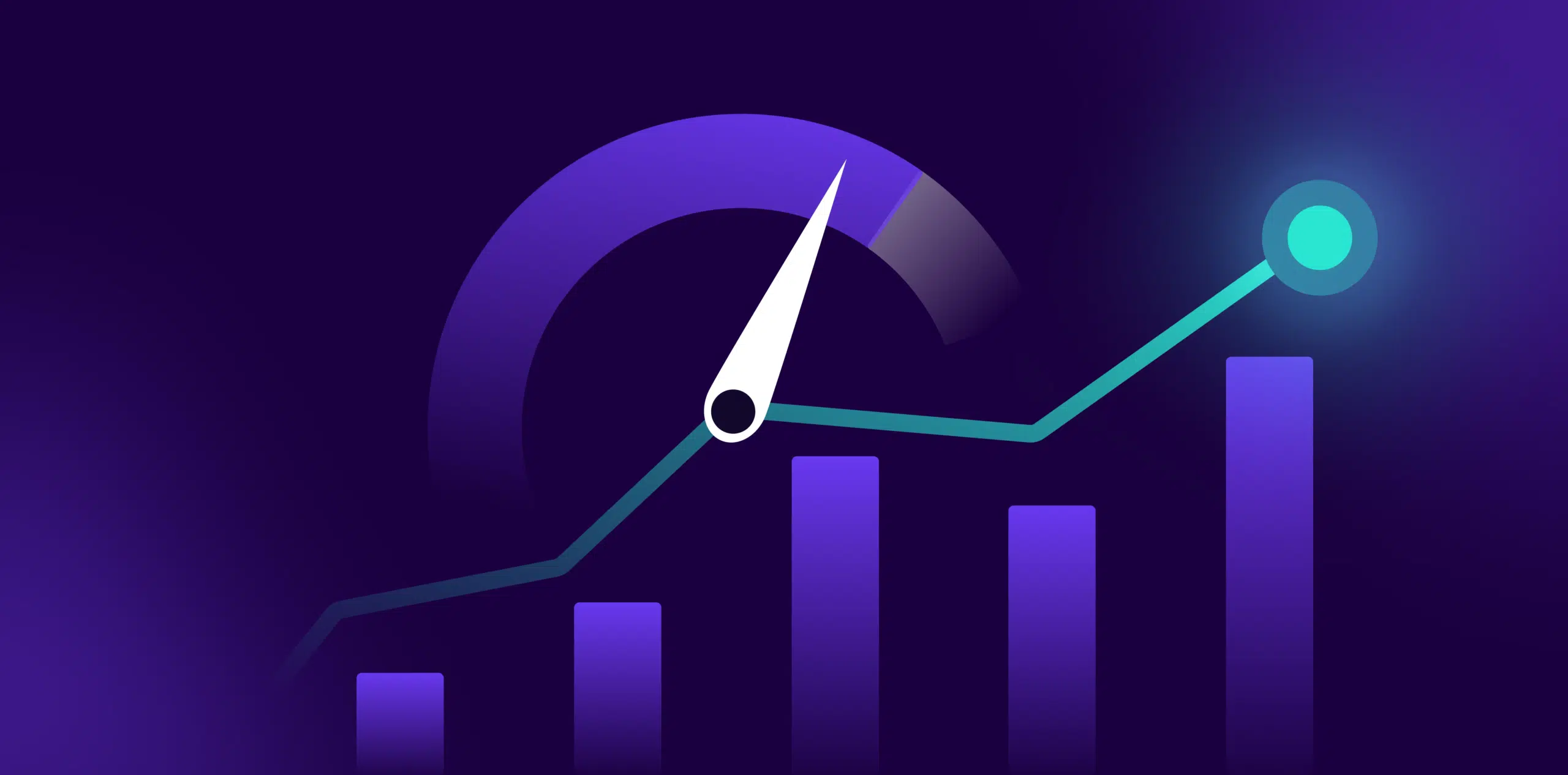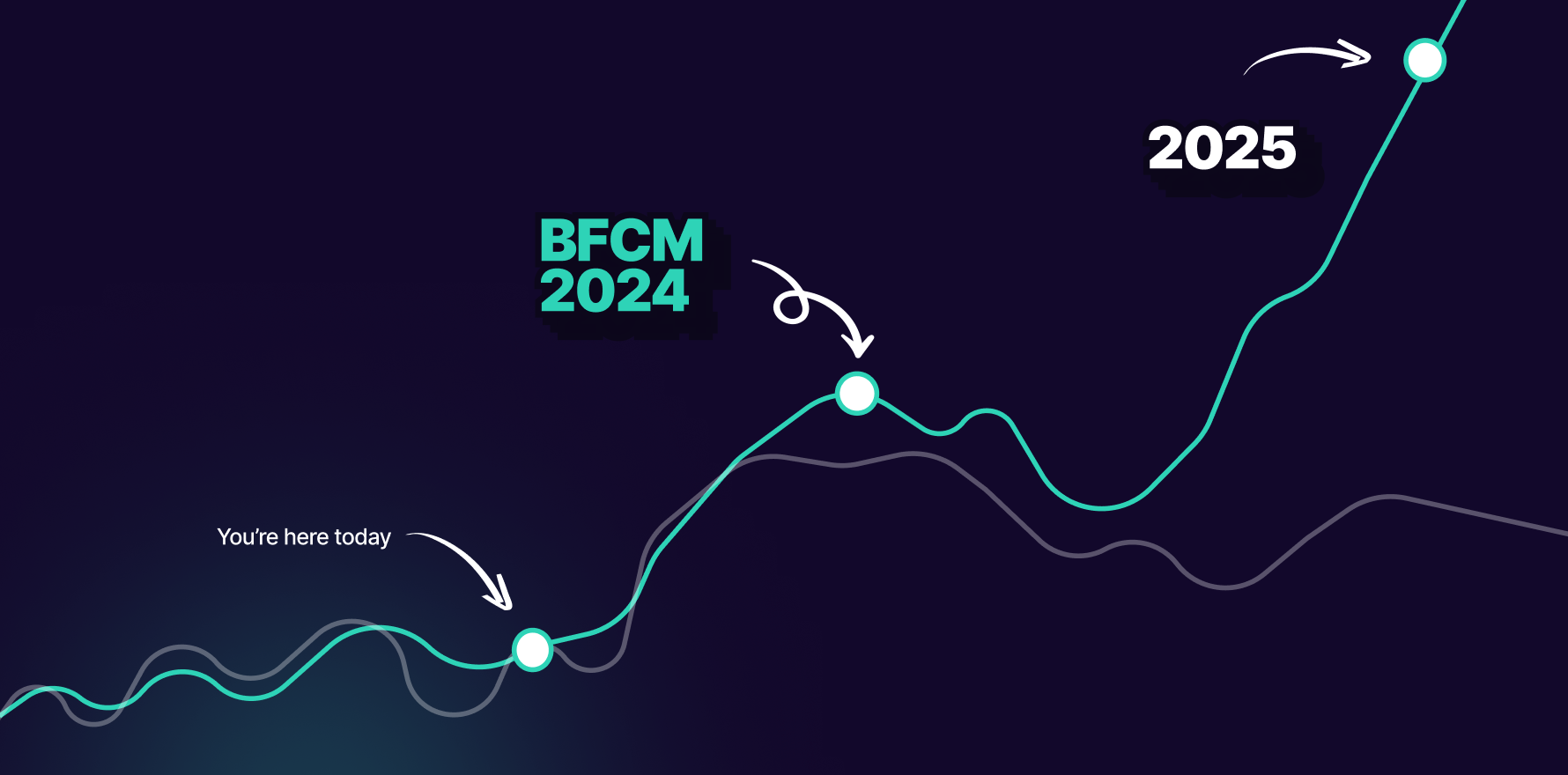Do you have a solid customer tracking plan in place?
Brands use powerful analytics tools to extract insights related to customers, their purchase patterns, and shopping habits. Analyzing these datasets is to understand the customer lifecycle stage and how to personalize the messaging at different touchpoints to convert them.
But without a data tracking plan that mentions the types and ranges of datasets you are collecting, there’s a risk of confused data – resulting in discord decision-making.
A customer tracking plan is a documented data plan that clearly defines data identification, collection, segmentation, and tracking plan, so implementing analytics tools does not become endless work.
If you’re looking to understand how to create a customer tracking plan, keep reading.
Benefits of a Customer Tracking Plan
It doesn’t matter if you are using the best analytics tool available, especially when you do not know the data type you should collect.
Investing in a data tracking plan template is a good idea to maintain consistency in data collection.
Below are some of the significant benefits of a customer tracking plan:
1) Develop a consistent data collection process
A data tracking plan helps you establish a standardized data collection process. It streamlines your data storage systems and reduces the excess cost of data collection. By introducing consistency and predictability, a customer data tracking plan eliminates the possibility of collecting redundant data and enables analytics tools to provide better outcomes.
2) Ensure data compliance
Customer data tracking plans comply with data regulations and frameworks like the General Data Protection Regulation (GDPR), Health Insurance Portability and Accountability Act (HIPAA), and California Privacy Rights Act (CPRA).
These regulatory frameworks ensure that customer data is collected ethically and brands are not taking wrong actions to personalize customer experience. A data tracking plan lists the steps of data collecting in line with these frameworks to help companies minimize the risks of data breaches and unauthorized data access.
3) Reduce complexity
Data collection is a dynamic process. It changes depending on the latest marketing trends, business goals, and customer needs. However, these frequent changes in the data guidelines make it a complex process.
With a clear data tracking plan, marketers have a better idea of which datasets to collect and how. As a result, the data collection mistakes are much fewer and the data collection process becomes more straightforward and more predictable.
4) Developing an in-depth customer database
Businesses use methods like identity analysis to create clear customer profiles from the available data and create user segments to personalize their ad messaging. Again, it all circles back to the user interaction data you are collecting. Poor data results in flawed customer profiles and wrong messaging.
A segment plan includes the data collection type and the respective data points. As a result, your customer database is enriched, and the customer profiles become much more targeted.
Steps to Create Your Tracking Plan and Implement it
To create a standard customer tracking plan, you must follow the below steps:
- Event identification
- Defining event properties
- User properties
- Organization properties
Step 1: Event identification
List down the questions
Start with drafting questions about your target audiences and their purchase pattern to guide you on how to proceed with the tracking plan.
Some common questions are:
- What are the first and last marketing touchpoints in the customer journey?
- Which channel is most effective for which user segment?
- Which user attributes should you focus on while preparing for a campaign?
Additional questions related to the type of event, data collection, and more should also be part of your identification event plan.
Identify the events
Once you have a set of questions, it is time to segregate the events and associate them with the respective data types and event properties.
For example – Signing for Free Trial is the event. The email ID of the prospect is the event property. The data type is – contact details.
Now, marketers often add all the events (major and minor), resulting in data overload. Instead, you should shortlist only a handful of events that match the initial questions. By focusing on a few events at a time, you’ll have a greater understanding of the conversion customers follow.
Map the data sources to the respective owners
Each event has a source and an owner. Possible data sources include devices (laptop, mobile, tablet), and channels (Facebook, LinkedIn, Instagram, Website, emails, and so on). On the other hand, owners will be either the client or the server.
For example, if a client signs up for a free trial, from the client’s perspective, they have filled out the form and added their credit card details to opt for the free trial. Similarly, for the server side, the possible outcome is – a new client added to the free trial database.
For both actions to work in sync, you must map the source and the owners and connect all external data sources to the server for seamless data collection.
Step 2: Defining event properties
Map properties for each event
Once you clearly understand the direction of the data tracking plan, identify all events and map them with their respective properties.
It should look like:
| Event name | Event Properties | Data type |
| Signing up for a free trial | Email ID | Contact details |
| Contact number | Contact details | |
| Location | Demographic details |
Each event property provides you with some details about the customer. This could be related to their current location, interests, jobs, and organization. Use this information to segment the users.
Segregate the data types
As mentioned in the above table, always segment the data type for each event property. This simplifies the data collection and helps brands segregate users or map a new user profile with the existing database.
Identify the destinations
“Destination” refers to the system where you will send the monitored datasets. For example, the LinkedIn ad platform could be a destination where you send the tracked data to personalize your messaging.
Any marketing touchpoint where users interact with your data is a potential destination.
Also, a common mistake marketers make here is sending all datasets to all destinations, irrespective of relevancy. Such an action will only complicate the process. Prioritize specific destinations and send data to places with maximum return potential.
Step 3: User properties
User properties are the behavioral traits of users that help you segment them into various groups. Any data that users provide during signing up, like their email IDs, contact details, location, and company name is used to extract critical information about their current state that could be useful to personalize their experience.
Some brands conduct user surveys and gather customer feedback post-purchase. These can also be treated as user properties and stored in the same place to map with customer segments.
Step 4: Organization properties
Organization property is about storing organization-level or account-level data. This is particularly suitable for B2B organizations. When a user is part of a B2B company or is joining a team that already exists within your user base, such datasets are known as organization properties.
In some cases, user property and organization property might overlap.
Utilizing the Tracking Plan Template
Use Lifesight’s Customer tracking template in the following ways:
- Segment customers based on the factors most relevant to your business such as industry, location, and job designation.
- Identify the common questions a marketing team should ask when creating a tracking plan template. This way, you don’t have to spend a long time researching. Reframe the questions as per your use cases and get started with data collection.
- You will find additional columns like the status of the implementation stage of the life cycle in this template. These extra fields help you collect more information about each customer to personalize your experience.
- This template allows you to collect and organize all data related to sales metrics in one place so that you have a unified view of all marketing and sales data in one place for greater visibility.
- Include sample data type and event property names. This way, first-time users using a customer data tracking plan for the first time can quickly figure out the template.
Best Practices for a Tracking Plan
Poor data quality holds back organizations and becomes the reason organizations lose up to $15 million per year. To ensure that the decision-making process in your organization doesn’t worsen with time, have a customer data tracking plan in place.
By now, you know how to create a tracking plan for your customer data. Here are the best practices to simplify the strategic plan tracking template.
1) Keep it simple and focus on your goals
Setting your goals at the beginning of creating a customer tracking plan helps you stay relevant. The four factors that should be considered initially are – goal, metrics to track, an event to follow, and the properties.
For example:
- Goal – Increase conversion rate by 10%
- Metrics – Number of paid trials
- Event – Number of people signed up for the Pro or Enterprise plan
- Event properties – email ID, contact number, referral
Also, keep your tracking plan simple, especially when you are starting. Don’t collect unnecessary event properties that won’t contribute to your campaign. Instead, focus on one goal, two or three event properties at a time, and grow as you get familiar with the process.
2) Emphasize documenting everything
Documenting your customer data tracking plan saves the time and effort of your marketing team. Each time a new campaign is launched, you don’t have to waste time creating a new spreadsheet. Instead, document the following things to scale your marketing operations:
- Analytics guidelines – how you define your events, properties, data types, metrics you track, tools you use for analytics, and who is responsible for which stage of data tracking.
- Tracking roadmap – define each column and property within the plan and add descriptions for each event data type so the exact roadmap is templatized and used multiple times.
- Instrumentation process – document your instrumentation, testing, and validation process so marketing team members are not lost while using it.
3) Download templates and customize them
If you’re developing a customer tracking plan for the first time, look for pre-built templates. Multiple data analytics brands already have ready-made, free templates in their website’s “Resources” section. Download them and customize them as per your requirements.
While creating a template from scratch is a good idea, it could be overwhelming for a first-time user. Use the keyword “[Industry] customer tracking template” and pick the one that suits you.
4) Pick a naming style for events and properties to avoid confusion
To avoid confusion, pre-define the naming style for the events and properties you collect. Confusing naming conventions result in redundant data, and the outcomes you get from the analytics tool become incorrect.
While there are multiple data types, focus on three factors the most – casing of your data, action order, and tense.
For example, specify if the casing is “Event_type” or “Event_Type”. Pick one casing style and define it clearly in your tracking plan so the entire team sticks to it. This way, you or your team members won’t be required to match the datasets manually with all events and properties.
5) Use a tool like Lifesight for better client and server-side tracking
Tracking plans should include both client and server-side tracking, ensuring a comprehensive data collection strategy. Utilizing a tool like Lifesight enhances this process, as it enables accurate tracking of any event on both the client and server sides.
Lifesight’s robust Unified marketing measurement platform ensures that every customer interaction is captured meticulously, contributing to more informed and effective marketing decisions. The integration of client and server-side tracking not only streamlines the data collection process but also elevates the quality of insights derived from customer interactions
Conclusion
A data tracking plan is an integral part of marketing teams that believe in collecting authentic data and capitalizing on them to make smarter marketing decisions. Creating a customer tracking plan might be challenging, but once created, your entire team will reap the benefits for a long time.
Keep it simple, evolve it with new industry trends and best practices, and use tools like Lifesight to streamline server-side data tracking.
To know more, schedule a demo
You may also like
Essential resources for your success























































